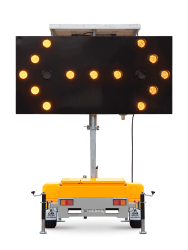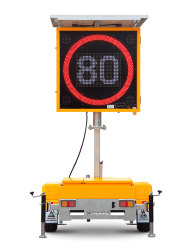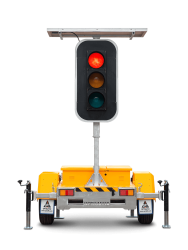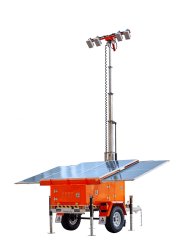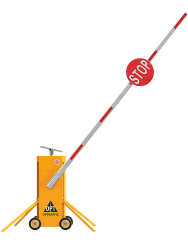
Introduction to Arrow Boards and Their Importance
Arrow boards play a crucial role in ensuring road safety and efficient traffic management. Understanding their significance and operation is essential for anyone involved in roadway maintenance or construction projects.
What Are Arrow Boards?
Arrow boards are specialized traffic control devices used to guide motorists and alert them to potential hazards on the road. They typically consist of a series of LED lights arranged in arrow patterns, allowing for clear directional indications. These boards come in various sizes, with smaller ones designed for use on local roads and larger ones intended for highways and high-speed roadways.
Definition and Basic Use
The primary function of arrow boards is to provide advance warning to drivers about lane closures, construction zones, or other potential obstacles ahead. By displaying flashing arrows pointing left, right, or straight, they effectively communicate the need for motorists to merge or change lanes well in advance.
Types of Arrow Boards
There are different types of arrow boards available, including trailer-mounted, vehicle-mounted, and solar-powered models. Each type offers unique advantages based on the specific requirements of a project or work zone.


Why Arrow Boards Are Essential
Arrow boards are integral to maintaining safety on roadways and ensuring efficient traffic flow during maintenance activities or construction projects.
Safety Benefits
The prominent display of directional arrows on arrow boards enhances driver awareness and reduces the risk of accidents caused by sudden lane closures or unexpected changes in traffic patterns. This proactive approach significantly contributes to overall road safety.
Traffic Management Efficiency
By providing clear visual cues to motorists well in advance, arrow boards facilitate smoother traffic flow around work zones. This helps minimize congestion, prevent bottlenecks, and ultimately improves overall traffic management efficiency.
Understanding the Operation of Arrow Boards
Arrow boards are not only essential for road safety but also rely on specific mechanisms and operational features to fulfill their purpose effectively.
The Mechanics Behind Arrow Boards
Power Sources and Energy Efficiency
Arrow boards are commonly powered by solar energy, making them an environmentally friendly and cost-effective solution. The integration of solar panels ensures continuous operation without the need for external power sources, reducing the overall energy consumption in traffic control systems. This sustainable approach aligns with modern initiatives for green technology adoption in infrastructure projects.
Control Systems and User Interface
The control systems of arrow boards are designed to be user-friendly, allowing for seamless operation and customization based on specific traffic management requirements. These systems often feature intuitive interfaces that enable operators to adjust display patterns, brightness levels, and flash modes with ease. Additionally, remote monitoring capabilities provide real-time status updates, enhancing overall control and management efficiency.
Exploring Flash Mode in Arrow Boards
Purpose of Flash Mode
The flash mode functionality in arrow boards serves as a critical component for capturing motorists’ attention and conveying important messages effectively. By utilizing flashing LED lights, this mode significantly enhances visibility, especially during adverse weather conditions or low-light environments. The dynamic nature of flash mode ensures that directional indicators remain highly noticeable, contributing to improved driver responsiveness.
Different Flash Modes and Their Applications
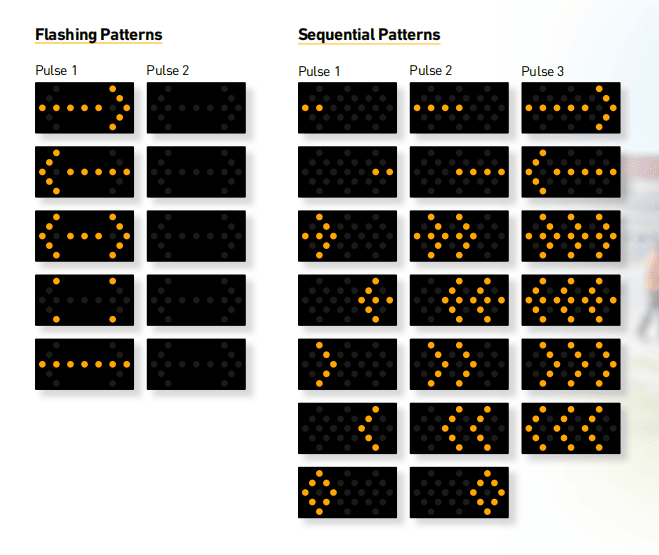
- Sequential flashing
- Simultaneous flashing
- Alternating flashing
The Significance of Flash Mode in Arrow Boards
Flash Mode serves as a crucial feature in arrow boards, offering versatile applications tailored to different road conditions and visibility requirements.
Flash Mode for Different Road Conditions
High-speed and High-volume Roadways
On high-speed and high-volume roadways, the flash mode of arrow boards plays a pivotal role in capturing motorists’ attention from a distance. The dynamic flashing patterns effectively alert drivers to upcoming lane closures, construction zones, or traffic diversions well before they approach the work area. This proactive warning mechanism is essential for ensuring smooth traffic flow and minimizing the risk of sudden lane changes or congestion on fast-moving roadways.
Shoulder Work and Lane Closures
During shoulder work and lane closures, the flash mode functionality becomes instrumental in guiding drivers through potentially restricted areas. By employing distinct flashing sequences, arrow boards provide clear directional cues to motorists, indicating safe merging points and lane transitions. This enhances overall safety by reducing the likelihood of last-minute maneuvers and unexpected conflicts between vehicles navigating through work zones.
Safety and Visibility Enhancements
Daytime and Nighttime Use
The flash mode feature on arrow boards offers unparalleled safety enhancements during both daytime and nighttime operations. In daylight conditions, the bright and conspicuous flashing arrows ensure that they remain clearly visible to approaching drivers, even amidst competing visual stimuli. Similarly, during nighttime use or low-light situations, the illuminated flash mode significantly improves visibility, allowing motorists to identify directional indicators from a distance with enhanced clarity.
Impact on Driver Awareness
The implementation of flash mode on arrow boards has a profound impact on driver awareness by drawing immediate attention to critical information displayed on the boards. The dynamic nature of flashing lights effectively captures motorists’ focus, prompting them to acknowledge upcoming roadway conditions or potential hazards. This heightened awareness contributes to safer driving behaviors as drivers proactively adjust their speed and lane positioning based on the information conveyed through the arrow board’s flash mode.
Installation Guidelines for Arrow Boards
Proper installation of arrow boards is essential to ensure their effective operation and visibility, contributing to enhanced traffic control and safety measures.
Preparing for Installation
Before initiating the installation process, a comprehensive site assessment is imperative to determine the optimal placement and configuration of the arrow board. Additionally, gathering the necessary equipment and tools is crucial for a seamless installation experience.
Site Assessment
The site assessment involves evaluating the work zone layout, traffic flow patterns, and potential obstructions that may impact the visibility of the arrow board. Identifying strategic locations for mounting the arrow board based on traffic speed and sightlines is vital to maximize its effectiveness in conveying directional information to motorists.
Equipment and Tools Needed
The installation process requires essential equipment such as mounting brackets, fastening hardware, and power cables. Additionally, tools including wrenches, screwdrivers, and a voltage tester are necessary to facilitate secure attachment and electrical connections. Ensuring that all equipment and tools are readily available streamlines the installation procedure and minimizes potential delays.
Step-by-Step Installation Process
Once the site assessment is completed, and all required equipment is assembled, following a systematic approach to installing the arrow board is paramount for optimal functionality.
Mounting the Arrow Board
- Positioning: Identify an elevated location with unobstructed visibility from approaching traffic to mount the arrow board securely.
- Secure Attachment: Utilize appropriate mounting brackets and fastening hardware to firmly affix the arrow board in place, ensuring stability during varying weather conditions.
- Alignment: Align the arrow board parallel to the direction of traffic flow for clear directional indication without causing confusion or misinterpretation among drivers.
Configuring Settings and Testing
- Electrical Connections: Safely connect power cables from the arrow board to a reliable power source while adhering to electrical safety protocols.
- User Interface Configuration: Access the user interface of the arrow board’s control system to customize display settings, brightness levels, and activate specific flash modes as per project requirements.
- Functionality Testing: Conduct thorough testing of all display functionalities including flash modes, directional indicators, and remote monitoring capabilities to verify operational readiness before actual deployment.
By meticulously following these installation guidelines, organizations can ensure that arrow boards are optimally positioned with proper functionality in place for effectively managing traffic flow through work zones.
Conclusion: Wrapping Up Arrow Boards Insights
Recap of Arrow Boards and Flash Mode Importance
In summary, arrow boards serve as indispensable tools for enhancing road safety and optimizing traffic management. Their ability to provide clear directional guidance through flash mode activation significantly contributes to mitigating potential hazards and ensuring smooth traffic flow around work zones. The incorporation of various flash modes tailored to different road conditions underscores the adaptability and effectiveness of arrow boards in capturing motorists’ attention and conveying essential information.
The importance of flash mode in arrow boards cannot be overstated, as it plays a pivotal role in enhancing visibility, particularly during adverse weather conditions or low-light environments. By employing dynamic flashing patterns, arrow boards effectively alert drivers to upcoming lane closures, construction zones, or traffic diversions well before they approach the work area. This proactive warning mechanism is essential for ensuring smooth traffic flow and minimizing the risk of sudden lane changes or congestion on fast-moving roadways.
Final Thoughts on Ensuring Effective Use
To ensure the effective use of arrow boards and maximize the impact of their flash mode functionality, it is crucial for organizations and roadway maintenance teams to prioritize regular maintenance and performance checks. Routine inspections should encompass verifying the operational status of LED lights, assessing solar panel efficiency (if applicable), and conducting user interface diagnostics to confirm seamless functionality.
Moreover, ongoing training programs for personnel responsible for operating arrow boards can further enhance their efficacy. By familiarizing operators with the diverse flash modes available and best practices for customizing display settings based on specific work zone requirements, organizations can optimize the utilization of these critical traffic control devices.
In conclusion, understanding the operation and installation guidelines for arrow boards with a focus on their flash mode capabilities empowers roadway maintenance professionals to uphold safety standards while efficiently managing traffic during construction or maintenance activities.

